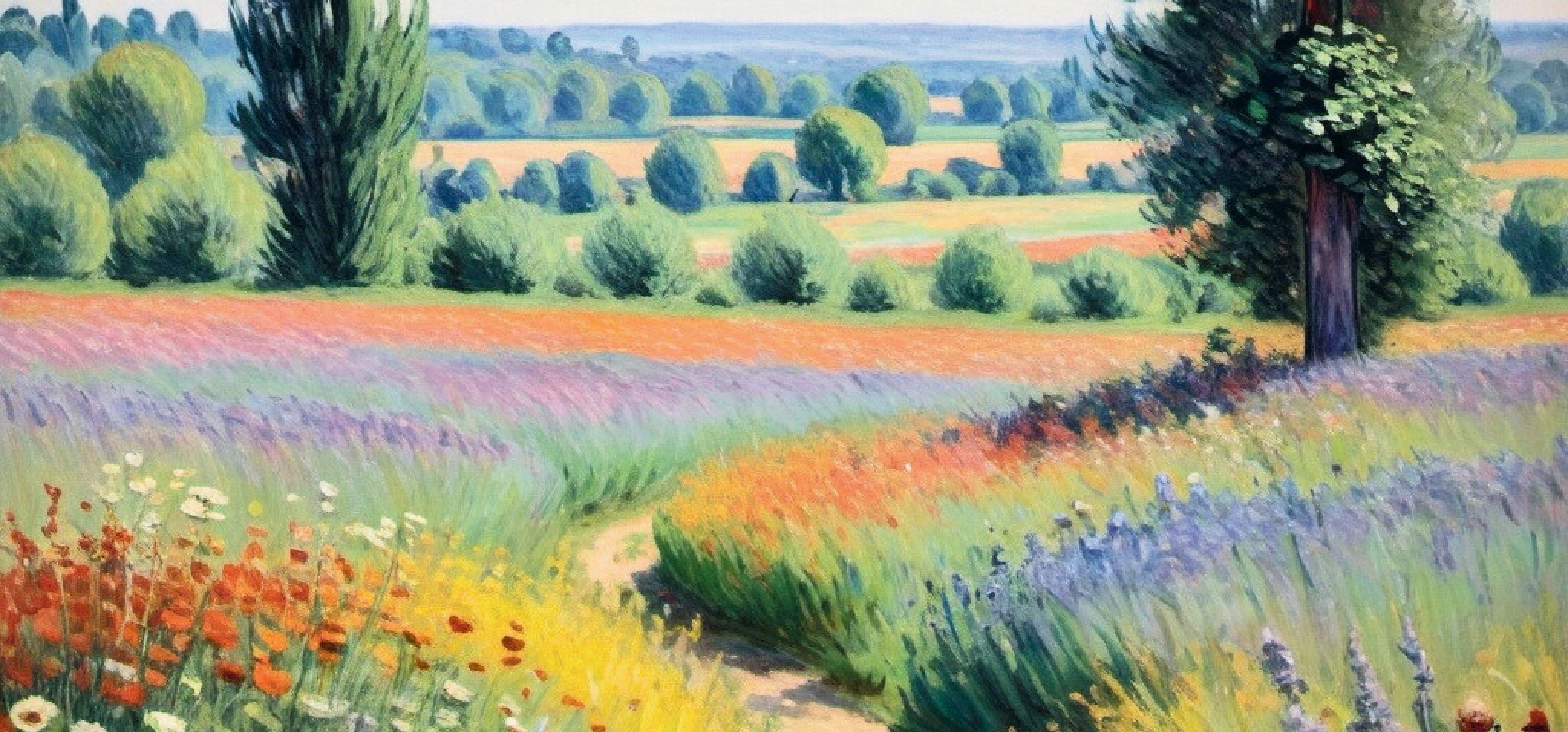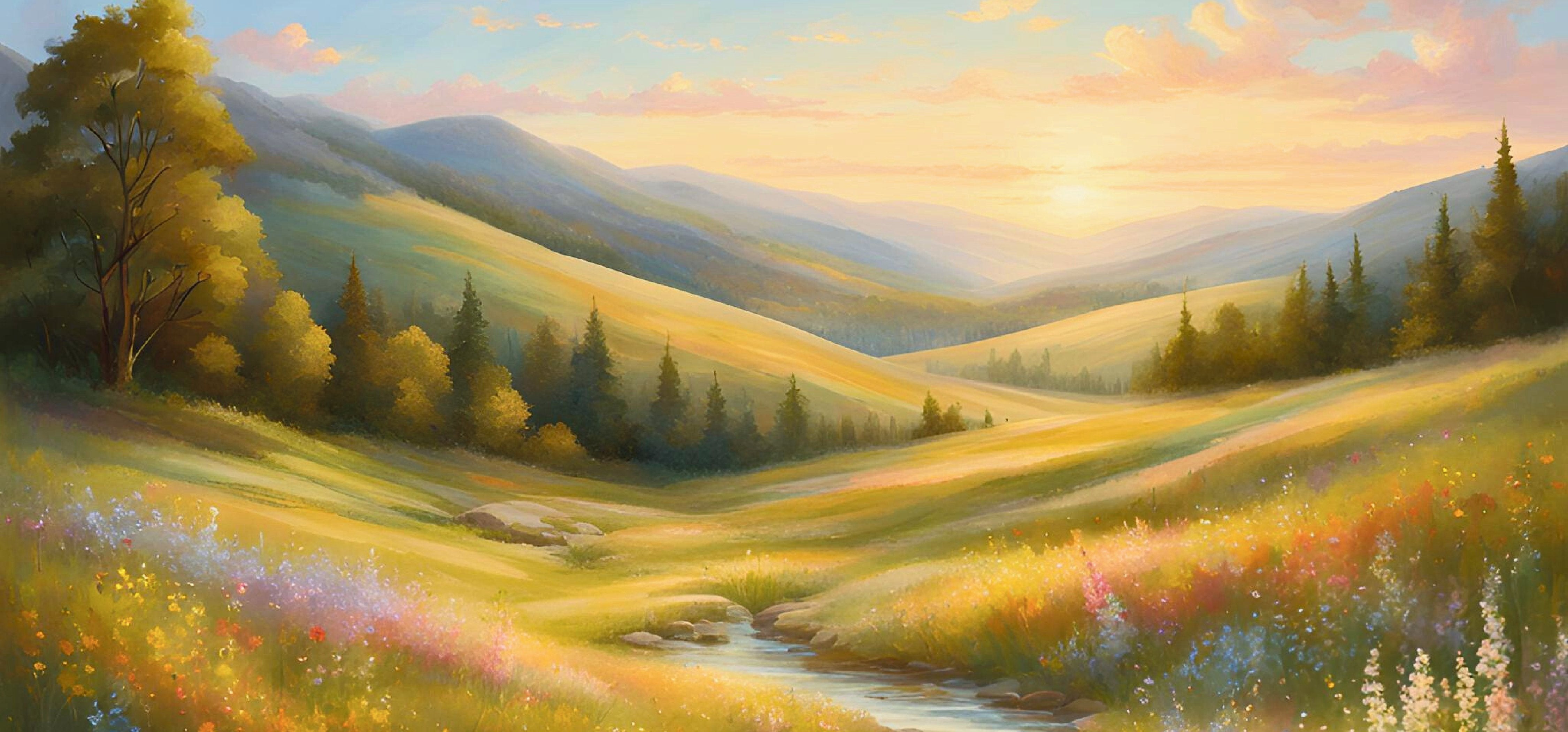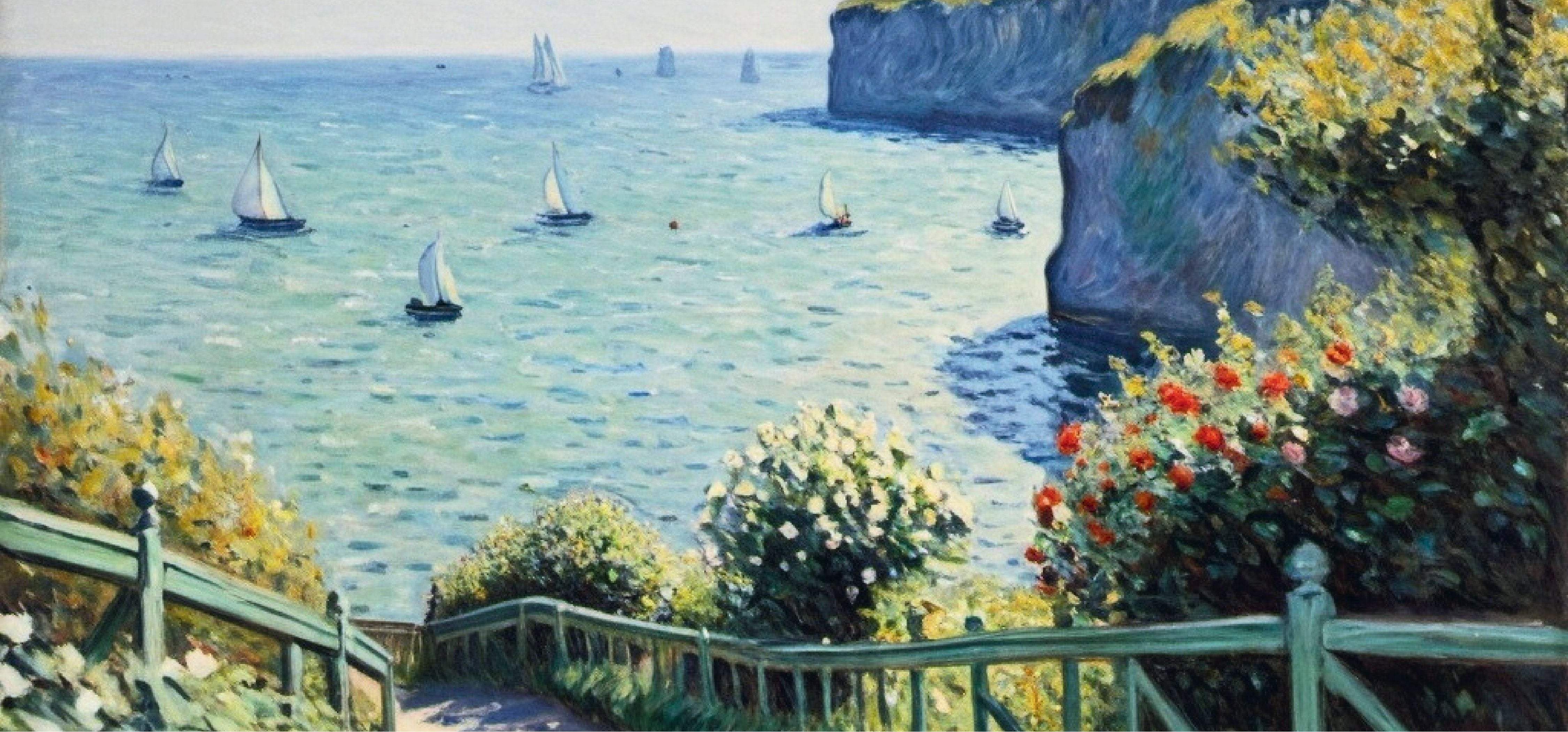Claude Monet, one of the most famous painters of the Impressionism movement, revolutionized the art world with his unique techniques and visionary depictions of light and nature. Monet's works, such as "Water Lilies" or "Impression, Sunrise", are not only masterpieces of art history, but also a powerful symbol of the transition from traditional painting to modern art. But how is Monet's legacy preserved in today's digital era? The rise of digital art allows artists to preserve the essence of Impressionism while creating new ways of expression that would be difficult to achieve with traditional media.




